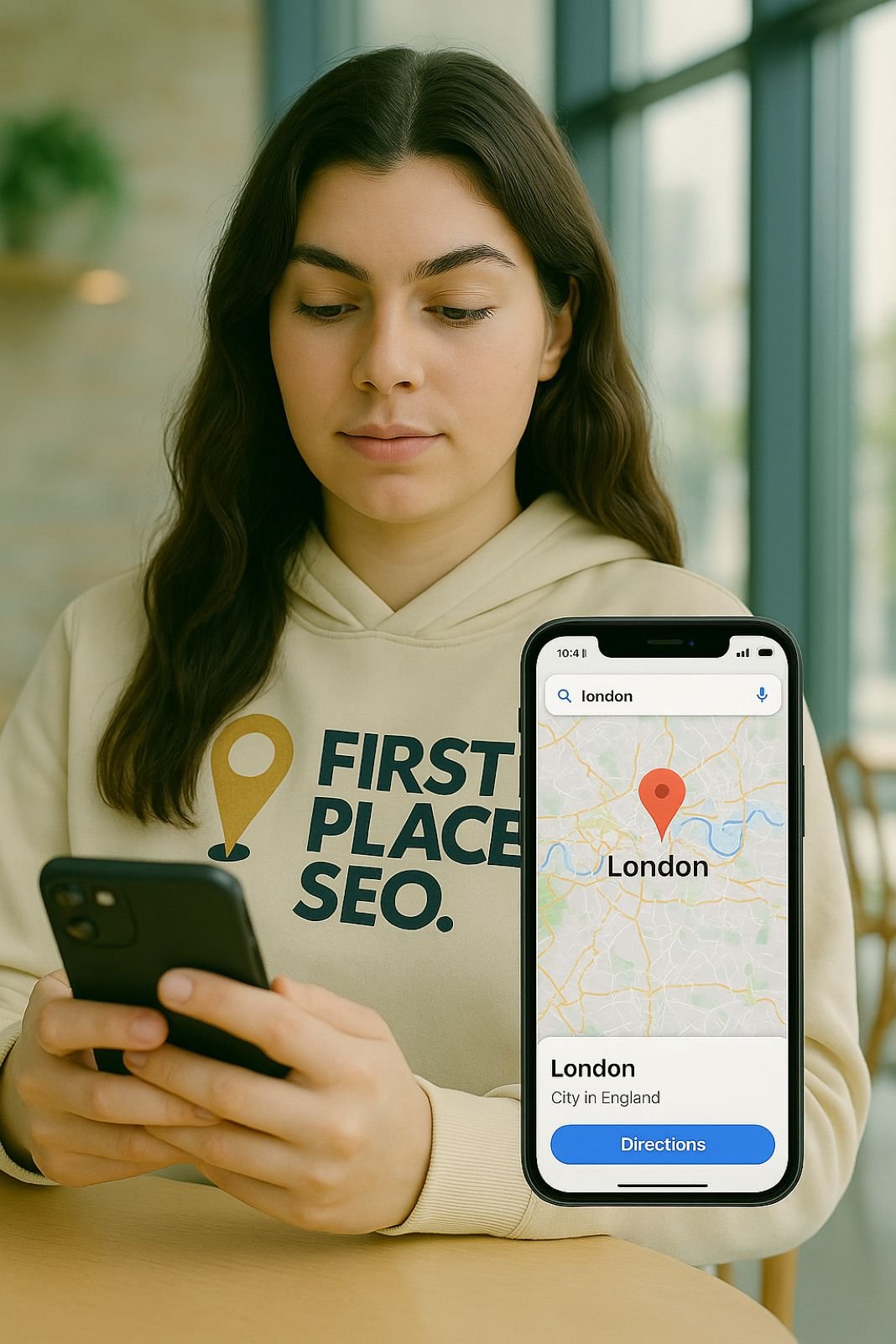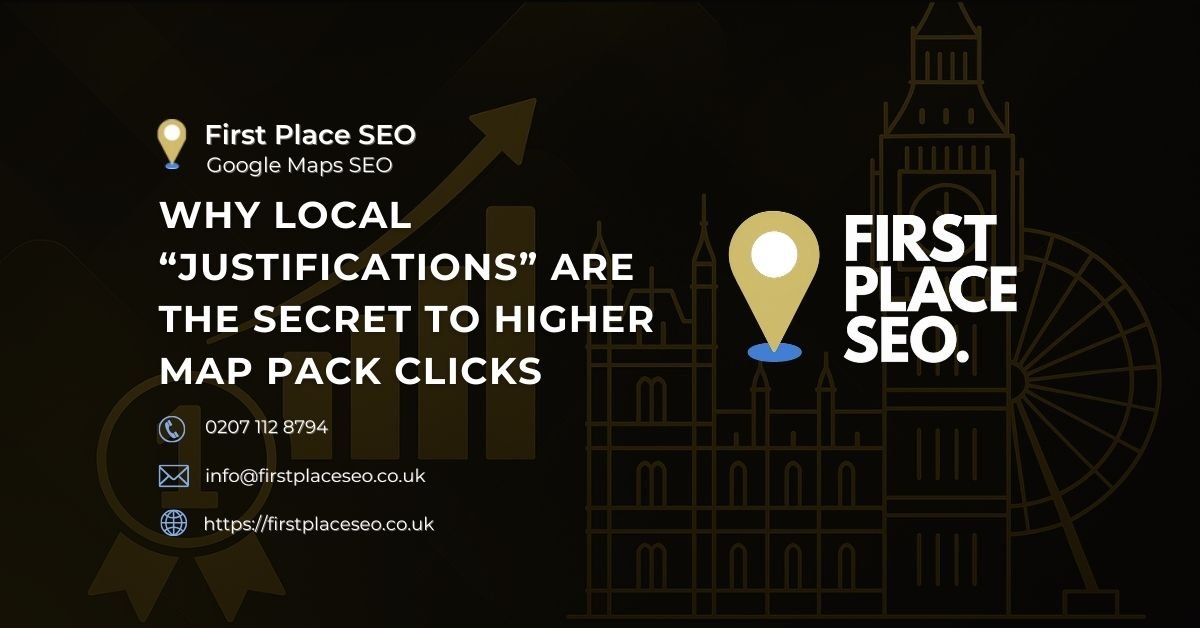Can I put my business’s NAP in the footer for better local SEO performance?
Yes, placing your business’s NAP (Name, Address, Phone Number) in the footer of your website is a good idea for local SEO. It helps search engines recognise your business details and improves the chances of showing up in local search results. It also makes things easier for people visiting your site, as they can quickly find out how to get in touch or where you are based.
Here's What We Have Covered In This Article
What is NAP and Why Is It Important?
Understanding NAP in Local SEO
NAP stands for Name, Address and Phone Number. These are the basic contact details that let customers and search engines know who you are, where you are and how to reach you. For local businesses, it is a good way to show that you are based in a specific area, which helps you appear in local search results.
Why Consistency Matters
If your NAP is different on your website, Google Business Profile and directories such as Yelp or Yell, search engines might get confused. It is important that your details are written the same way everywhere. That includes small things such as spelling out “Road” instead of using “Rd” or making sure the phone number always includes the area code. Being consistent helps search engines trust your business and improves your visibility when people search for services nearby.
Ready to Improve Your Local Search Ranking?
Our SEO experts will optimise your business for local visibility using proven strategies tailored for the UK market.
Why Your Footer Is a Strategic Place for NAP
The Role of Footers in SEO
The footer appears on every page of your website. That means your contact details can be seen and indexed by search engines across your whole site. Placing your NAP in this global section ensures consistent exposure and helps build your local authority.
Reinforcing Local Presence
If someone is looking for a service in your town and your NAP is easy to find and consistent across all pages, it helps connect your business with local search intent. Whether you are in Leeds, Glasgow or Cardiff, having clear and consistent contact information strengthens your link to your local area.
Keeping It Helpful for Visitors
From a visitor’s point of view, having contact information in the footer saves time. People can scroll to the bottom and find your address or phone number without clicking through multiple pages. On mobile devices, this becomes even more helpful. It is about being useful and easy to reach, which supports both customer experience and local search relevance.
How to Properly Format Your Footer NAP
Use Text That Can Be Read
Make sure your NAP is written in plain text, not an image. If you can copy and paste it, search engines can read it. Avoid using CSS or JavaScript that hides the NAP from view. Structured content helps Googlebot understand and process your business information accurately.
Keep the Same Format
Decide how you want your address and phone number to appear, then use that version everywhere. That might mean always writing “High Street” instead of “High St” or keeping your phone number spaced the same way. These small differences can confuse search engines and weaken your local signals.
Do Not Cram Too Much In
It is tempting to include lots of keywords or extras in your footer, but that can make it look cluttered. A clean and well-formatted footer improves user experience and supports structured data markup.
Should You Add LocalBusiness Schema with Footer NAP?
Yes. Combining your footer NAP with schema markup helps search engines interpret your business information correctly. Schema is a type of structured data that uses JSON-LD (JavaScript Object Notation for Linked Data) to label parts of your site. Adding LocalBusiness schema makes your address, phone number and other details eligible for rich results.
You can use Google’s Structured Data Markup Helper to generate the code and test it using the Rich Results Test tool. These tools help identify any errors or warnings that could prevent your content from being fully indexed.
For a helpful walkthrough on how to add schema to your website, see our guide on local schema markup.
What Are Good and Bad Examples of Footer NAP?
Good Example
John Smith & Co
14 George Street
Sheffield S1 4RL
Tel: 0114 555 0198
This format uses consistent styling, full address information and includes the local area code.
Poor Example
J Smith & Company | George St, S1 | 5550198
This version uses abbreviation, lacks a full phone number and is harder for search engines to process. It may also confuse directory sites and cause NAP inconsistencies.
What if My Business Has More Than One Location?
Displaying NAP for Multiple Locations
If your business operates in more than one area, it is best to create individual landing pages for each location. Each of these pages should have the NAP relevant to that site, and the footer can include the primary location or link to your locations page. This helps avoid duplication issues and strengthens your presence across multiple regions.
Avoiding Confusion
Use consistent naming for each branch and avoid using different brand names or phone numbers without clearly defining their purpose. For example, if you run both a workshop in Brighton and a showroom in Portsmouth, clearly distinguish those locations across your content and local directory listings.
Add Internal Links Where Helpful
You might include a small section in your footer that links to a full locations page using relevant anchor text such as our locations across the UK. This supports navigation and helps search engines crawl location-specific content.
Tired of Inconsistent Listings?
We’ll audit and fix your NAP across all platforms so your business earns trust and ranks higher.
How Do You Measure the Impact of Footer NAP on SEO?
Use Google Search Console and Analytics
To measure how well your NAP placement is performing, monitor impressions, clicks and user behaviour through Google Search Console. You can track changes in search visibility when you make updates to your site footer.
Monitor Local Rankings and Citations
BrightLocal and similar SEO platforms offer local ranking tools that let you track your performance based on geographic searches. Use citation tracking features to identify changes in accuracy and completeness of NAP details across directories.
Watch for User Engagement
Keep an eye on bounce rates and contact page visits. If visitors are leaving the site quickly or not using contact links, your footer NAP might not be visible or easy to use. Adjust placement or styling as needed to improve access and usefulness.
Should You Worry About Footer Content Being Ignored by Google?
There is a common myth that Google ignores content in footers. While it is true that the search engine gives more weight to content higher up on the page, that does not mean footer content is disregarded. When the information is useful and consistent, such as your NAP, Google does take it into account.
Ensure that the NAP is presented clearly and not hidden or duplicated unnecessarily. Avoid keyword stuffing or placing unrelated content near it. The focus should always be on clarity, consistency and usefulness for both search engines and people.
Final Advice from First Place SEO
Adding your business’s NAP to your footer is a simple and effective way to improve your local SEO performance. Make sure it is accurate, written in a consistent format and visible across every page. Support it with LocalBusiness schema and keep all other online listings aligned.
For more help with improving your local search visibility or checking your NAP consistency, visit our local SEO services page to find out how we can support your business.













